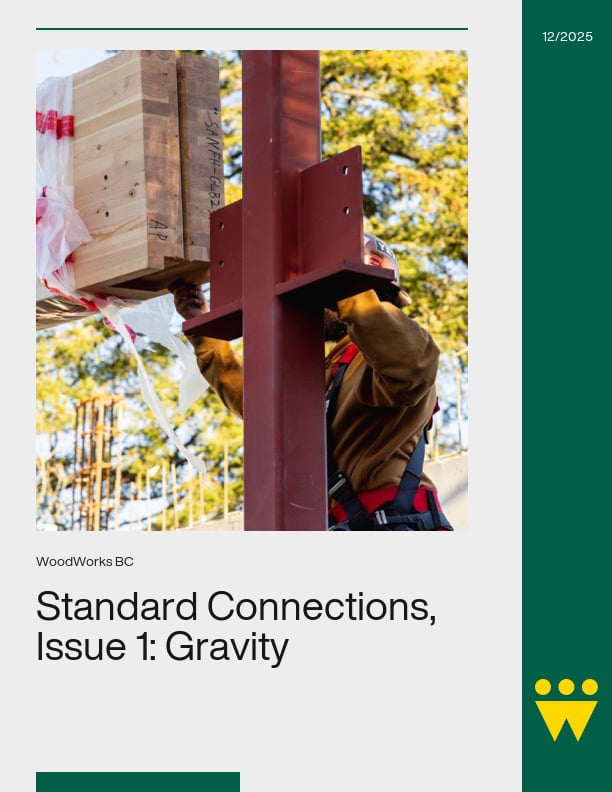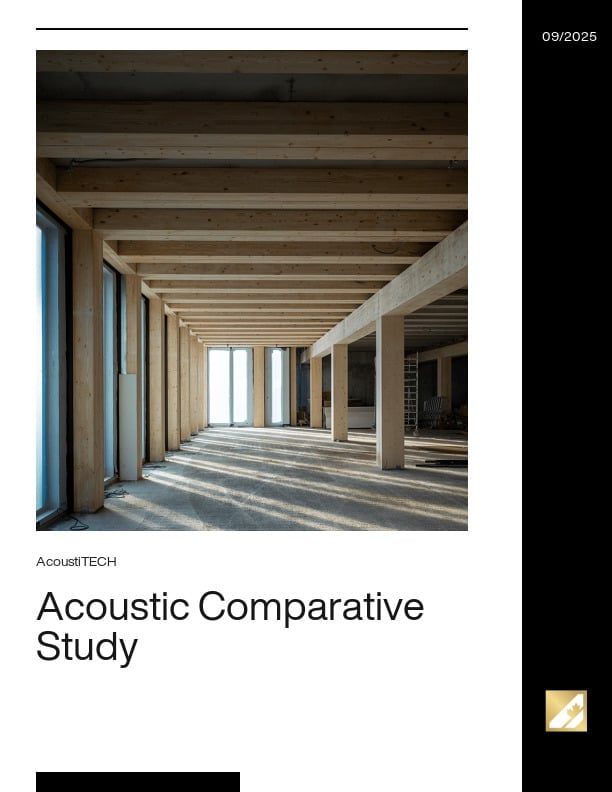Since depot treatment is localized, it is critical that it be placed in the right location, which requires an understanding of how moisture may get into the structure. This can only be done when construction is complete or very near completion. At that point the degree of protection by design can be assessed and any water traps can be identified and, where possible, eliminated. The treatment can then be applied in the right location to intercept moisture close to its point of entry.
Depot treatments are an excellent choice for a few common design applications such as partially exposed beams. When a beam penetrates the building envelope, only a portion is exposed to moisture and it makes sense to just treat that part. Depot treatments are especially useful for products that are not well-suited to pressure treatment with waterborne preservatives, like glulam. Similarly, depot treatments are appropriate for exposed log ends in log homes – logs that extend beyond the protective roof overhang are at risk of decay.
Solids
Depot treatments most commonly use a solid form of preservative. Borate, copper/borate and fluoride rods are highly suited to this end use since they are easy to install and the active ingredients only become mobile if moisture entry occurs.
Other formats
Pastes can be packed into drilled holes or routed grooves – log home grooves are an appropriate application. Liquid injection is less common, as this involves drilling small holes, inserting a pin nozzle injector connected to a 70 -120 psi tank/pump, and forcing preservative along the grain under pressure. A series of such holes is required, particularly for large dimensions, to increase loading. Less suited to depot treatments, fumigants have not, to our knowledge, been used in these applications.






